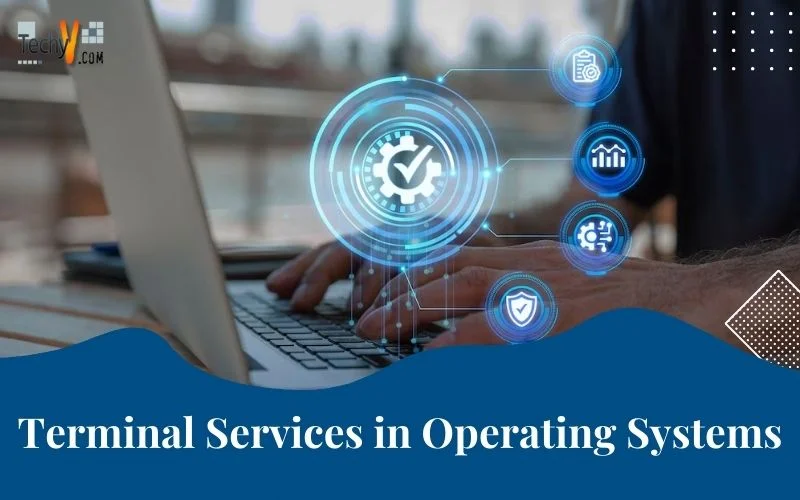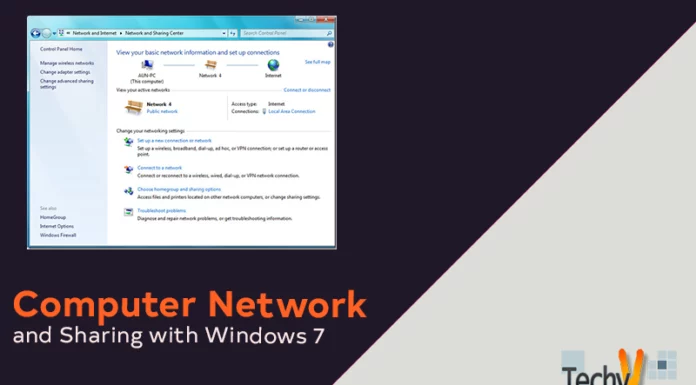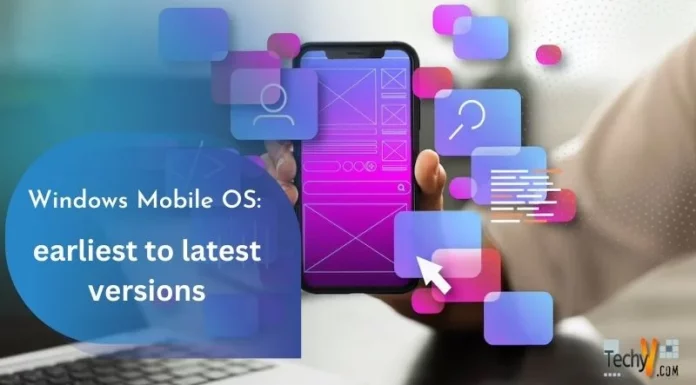TERMINAL SERVICES IN OPERATING SYSTEMS
Terminal Services are services that enable users to access computers remotely by allowing computers to execute desktop and other applications on a server as if they were running locally. These services involve allowing the client to act as the end recipient by providing user interface to the client side. The client responds by issuing instructions of tasks to be processed by the server.
Terminal Services include support of terminal server which allows several users to log into the computer and access the desktop on the end server. This feature allows users to create, install and make modifications to the files and folders in the remote server. Terminal Services also have tools that restrict users from updating, deleting and modifying the data intentionally or accidentally. Another terminal service includes Remote Desktop Administration that enables desktop access to computers installed with Windows Server 2003 Family operating systems to be administered by another computer that runs Windows 2000 operating systems.
Operating systems with Terminal Services
Terminal Services enhance the functionality of Windows Server 2000 operating systems by displaying quick results on the desktop at the client end. There are various operating systems that are compatible with Terminal Services which include Macintosh; Windows based terminal, Microsoft MS DOS and the UNIX operating systems. Terminal Services have tools such as Terminal Services Manger that controls and monitors Terminal Services while processing user’s application remotely. The terminal service tool also encourages connections and passing of data to sessions securely.
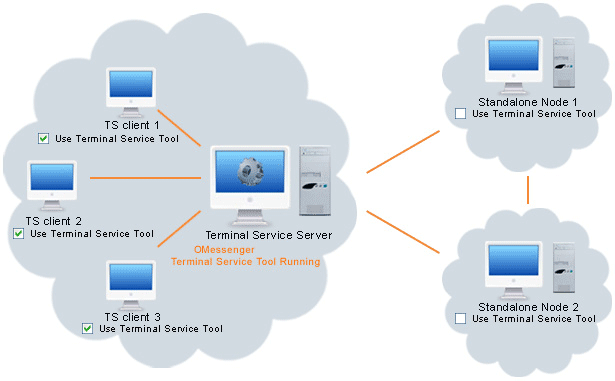
Benefits of Terminal Services in an operating system
- They enable proper desktop administration by clearing changes made by the user and waiting for the next user.
- They also allow virtualization of a user’s application and administering application control by the administrators instead of operating on the client side.
- Moreover, it is easier to maintain user’s application on the server than on a single user’s environment.
- Another reason why operating systems have Terminal Services is that it provides complete virtual desktop platform for solutions.
- In addition to the above reasons, operating systems with Terminal Services have helped business firms and organizations spend less on peripheral devices since all the processing of applications is done in the central administrative server over a local area network or dial up connection. The central server ensures that the same programs, being processed, are communicated to respective clients.
- It is also less expensive to maintain and manage configuration settings since only a few hardware devices are needed for the central server.
Requirements for installing Terminal Services
- You will have to identify the application that is to be installed to the server and the hardware requirements for the client.
- You must also determine the configuration of the server and describe the licensing requirements for the client and the server in order to operate the Terminal Services.
- During identification of the client application, one needs to take into consideration the applications which run on Windows 2000 because most of these applications are compatible with terminal services. Applications which don’t run on Windows 2000 will not automatically not run in the multi-user environment in the terminal server.
- Windows application with 32 bit is preferable to the one with 16 bit because it utilizes the 32 bit hardware and platform. Using the 16 bit application cuts down the number of users that can be supported by the processor and increases the amount of space required by a single user.
- Applications running in MS DOS can also be considered but they decrease the system’s performance as they are not designed for a multitasking environment. This leads to the need of adjusting the settings in order to accelerate performance.
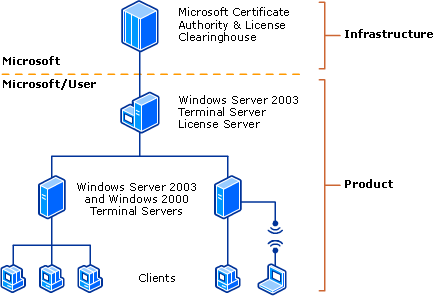
Integration of Terminal Services into any computer or equipment is very easy regardless of their type. This is due to the fact that clients running Terminal Services do not need a lot of processing power. Terminal Server supports MS Windows 2000, MS Windows NTS, MS Windows 95, MS Windows 98 and Windows-based terminals.
Installation of Terminal Services
Installation of the Terminal Services can be done either during set up of Windows 2000 or by going to the control panel and using the “Add/Remove programs.” While using the “Add/Remove programs” mode of installation, you have to choose either the Remote administration mode, which has no licensing requirements and only allows two simultaneously connections, or choose the Application server mode. Terminal Services licensing can be included during installation of the Terminal Services or it can be installed separately on a different computer. During installation of the licensing, you need to show if it will be used to serve the domain, workgroup or both.
The Terminal Services client can be installed by using either disk or disk set on the client or by the use of shared folder across the network.
Steps in creating client installation disks
- Open Terminal Services Client Creator in the Administrative Tools menu.
- Select either “Terminal Services for 16-bit Windows” which requires 4 disks or “Terminal Services for 32-bit x86 Windows “which requires 2 disks. Selection is done depending on the type of Terminal Services client software that you want to create.
- Put a disk into the destination drive.
Copy files into the disk and then click the OK button to create another disk or close the “create installation disk” dialog box.
Installation of Terminal Services client
Before this installation, you need to make sure that the client computer is correctly configured and well connected to the network. The following steps must be followed during the process of installation.
- Run setup.exe application.
- Specify the username.
- Accept the license agreement.
- Specify the destination folder.
- Choose whether to install client software for current user or all users of the computer.
Note: The appropriate files from the disk are copied by setup into the destination folder.
Alternatives to Terminal Services
One of the main alternatives to Terminal Services is the Citrix. It is a server that can be used in accessing applications by running them from a remote location regardless of the computer being used. It can be installed in computers with Windows, Macintosh or Linux operating system.



